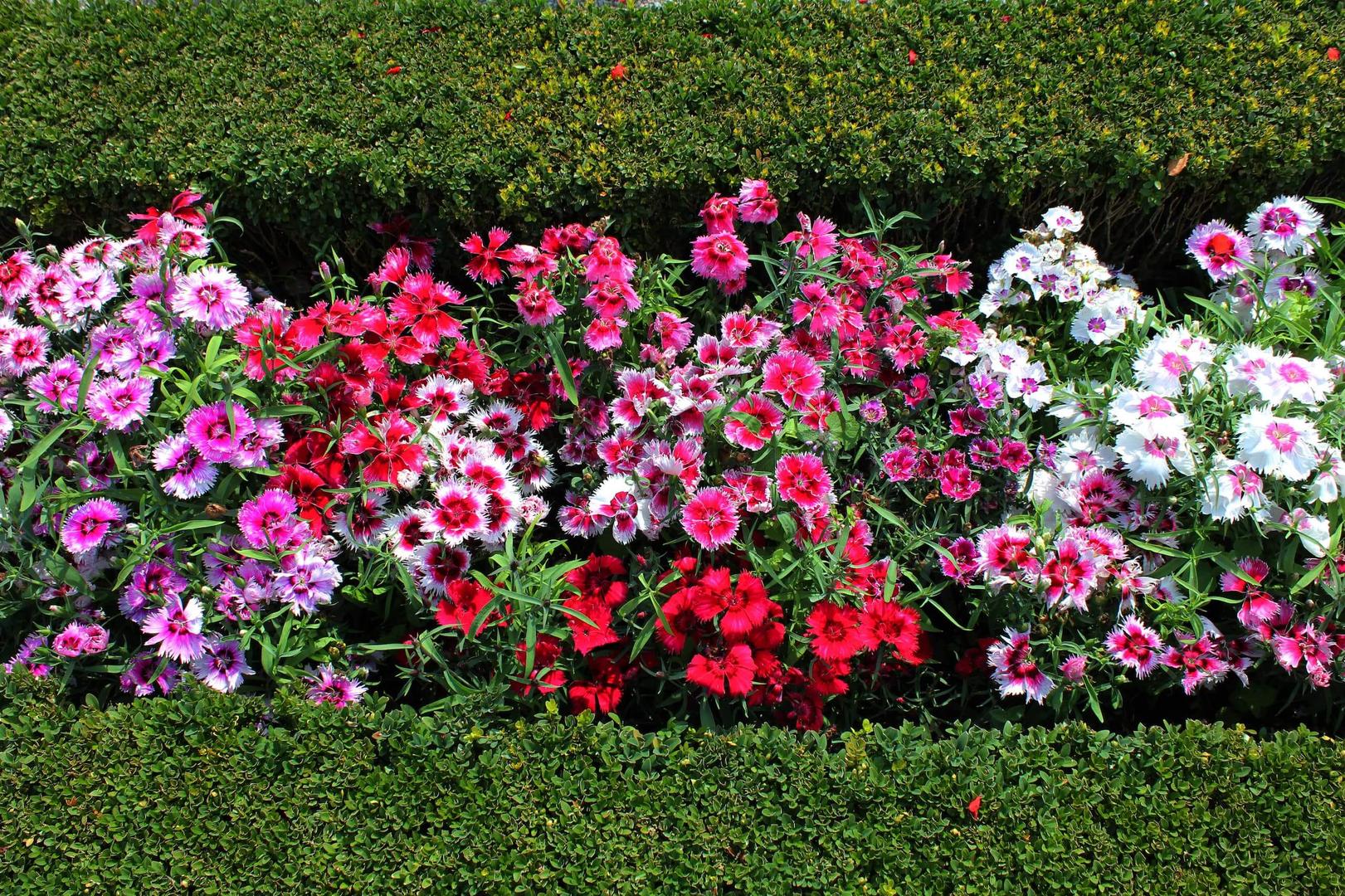
HEDGE TRIMMING
Free quotes for the professional maintenance of hedges, shrubs & bushes
RELIABLE & PROFESSIONAL HEDGE, SHRUB & BUSH TRIMMING
We carefully and professionally maintain all types of hedges, shrubs and bushes in gardens and other grounds in and around Carlisle, Wigton, Brampton, the North Lakes, the Eden Valley and along the Solway Coast, as well as parts of south-west Scotland and east-Northumbria.
We provide free quotes with no obligation for hedge, shrub and bush trimming, and can provide this service as a one-off or part of ongoing garden maintenance.
TRIMMING FORMAL & INFORMAL HEDGES
Giving hedges a shape, stature and texture to be proud of is the responsibility of all good home and land-owners. New, immature hedges require formative trimming and pruning, generally in winter or early-spring, for the first 2 or 3 years of their development.
Beyond this point when hedges are better established and thriving, ongoing maintenance trimming should be undertaken about once a year for informal hedges and twice a year for formal hedges. Some formal hedges may even need three trims a year.
Informal and formal hedges are the two broad types of hedge in and around gardens and other grounds. Informal hedges are those which are typically larger and not perfectly cut to a particular shape, showcasing a bit more of the plant's natural character.
The Right Time To Trim Hedges
Trimming of hedges is usually best undertaken during spring or summer, and should ideally be mindful of bird nesting season which runs from March to August - if there are any signs in the target hedges which suggest nesting activity.
Upright Plants
Upright plants are generally deciduous or evergreen. Formative pruning of the deciduous variety initially involves cutting back to a low height, trimming the plant's side branches a touch to encourage lateral growth.
The following year (ideally in February or March), the hedge should be cut back 50% and then throughout the summer, trim the side branches again to preserve the parts which taper upwards. When autumn arrives, the very top of the hedge should be cut back to the intended height.
Evergreen hedges should instead be cut back at its stems by a third initially, repeating the process at the same time the following year. Beyond this formative pruning, annual trimming betweemn May and September should be undertaken; trimming back its top and sides every month or so during that period to maintain its shape.
Stocky & Bushy Plants
Stocky plants which are bushy at their base are deciduous. Upon their planting, the top and side shoots need to be cut back by a third, repeat this exercise the following winter to discourage unkempt growth and to strengteh its base.
Beyond the formative pruning stage, trimming once-a-year in or around June, and again in August, is best practice.
Conifers & (Most) Evergreens
After planting coniifers and evergreens, it is best to leave the highest, leading shoot alone and unpruned, insterad just lightly cutting back any shoots sprouting from the sides to restore a degree of shape. In the summer, those same side-shoots will need to be trimmed againt and adjoined to the leading shoot with a supporting bambook (or similar) cane.
The majority of conifers won't re-generate and gorw from older wood, so it is best to avoid tougher trimming.
MORE PLANT CARE SERVICES
Keeping your beautiful garden free of weeds
Planting Schemes
When a garden needs colour, texture and flair
Pruning & Plant Care
Preserving the health of your plants, tress & flowers
